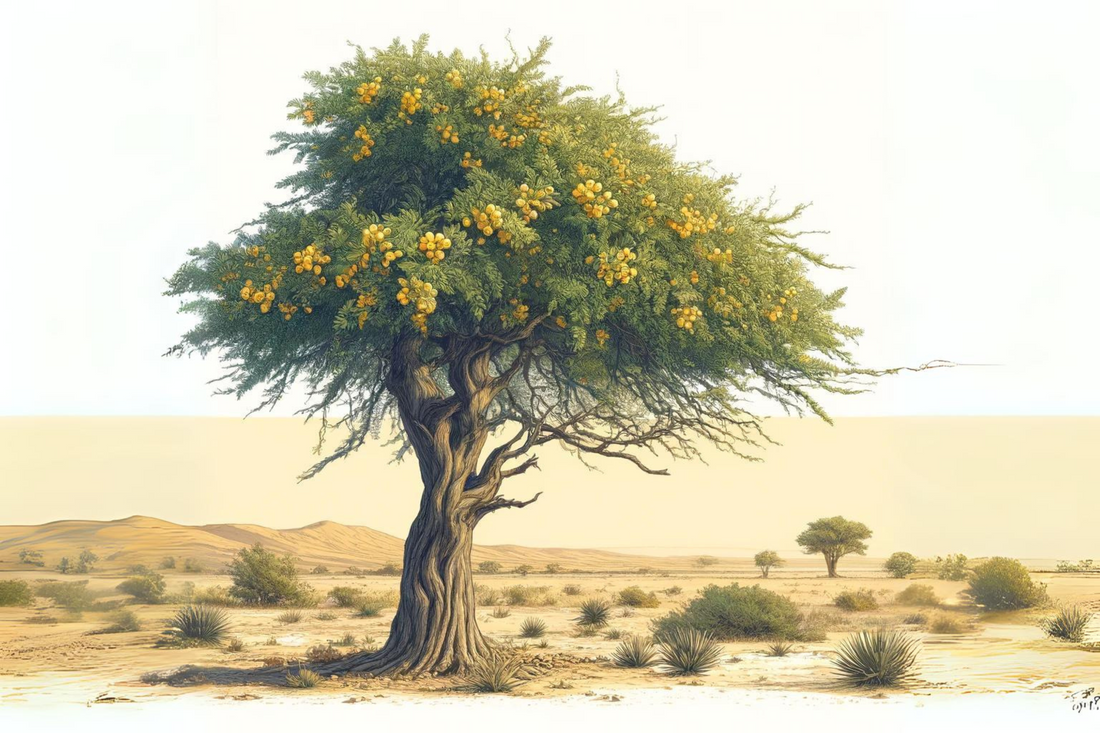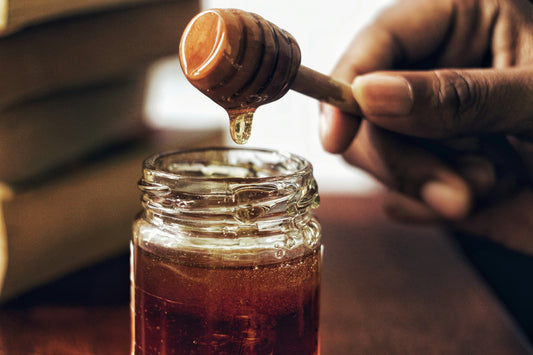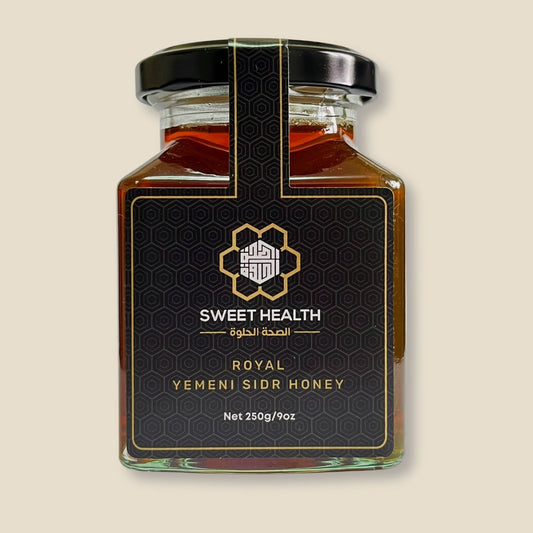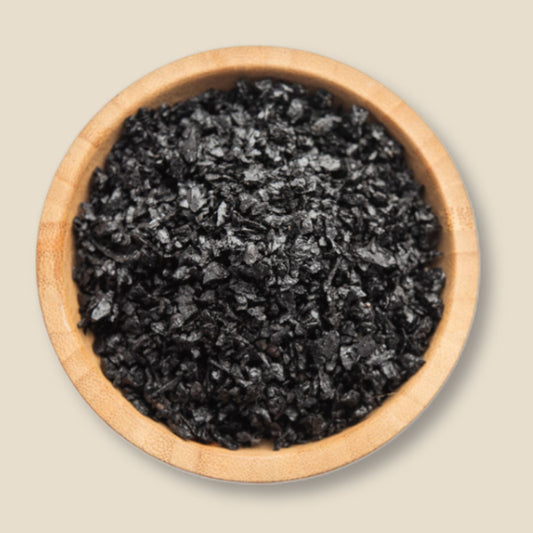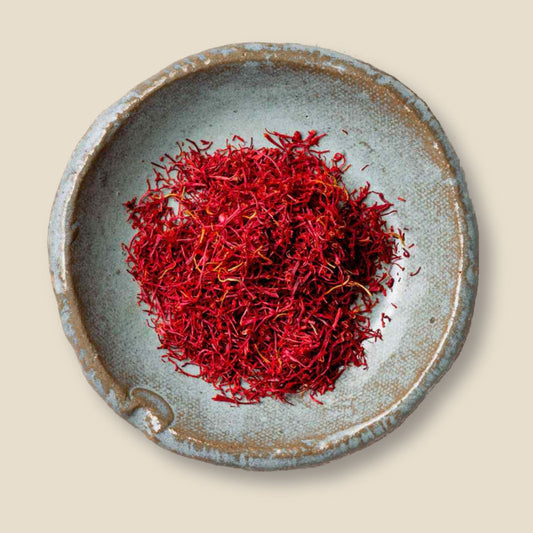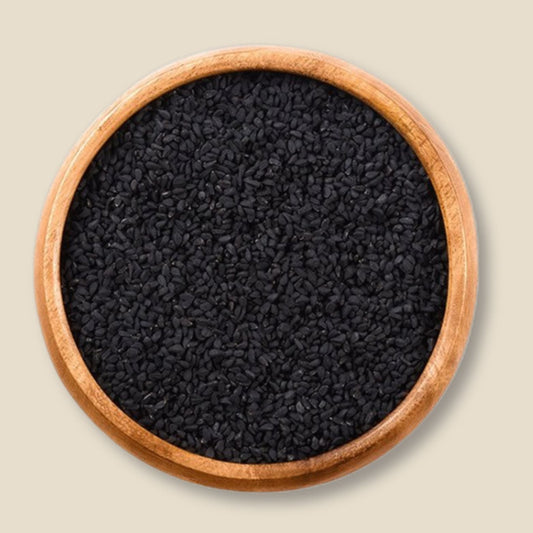The Sidr tree, also known as Ziziphus spina-christi, Lote tree, Christ’s Thorn, Jujube, or Nabkh tree, holds a revered place in history and natural medicine.
This ancient tree, woven into the fabric of various cultures and religions, is not just a symbol of resilience and longevity but also a powerhouse of healing and nutritional benefits. Particularly, the golden elixir known as Yemeni sidr honey, derived from the nectar of Sidr flowers, stands out for its exceptional health properties.
The Sidr Tree: A Natural Pharmacy
Every part of the Sidr tree harbors medicinal properties. Its leaves, rich in essential minerals like calcium, iron, and magnesium, are known for their therapeutic effects. The anti-inflammatory and antiseptic qualities of Sidr leaves make them ideal for creating natural wound disinfectants.
Additionally, the oil extracted from the resin serves as a natural deodorant, while the leaves themselves are used in herbal shampoos to combat dandruff and head lice.
Beyond the leaves, the Sidr tree's fruits are nutritional powerhouses. Packed with protein-rich seeds, these fruits enhance energy levels and boost immunity. The tree's root and stem bark are also utilized in various medicinal concoctions, showcasing the tree's versatile health benefits.
Yemeni Sidr Honey: A Liquid Gold
Yemeni sidr honey is prized for its rich, aromatic, and therapeutic qualities. Harvested from the nectar of the Sidr tree's flowers, this honey is not only a delightful sweetener but also a potent medicinal remedy.
Its high antioxidant, antibacterial, and anti-inflammatory properties make it an effective treatment for wounds, digestive issues, and respiratory conditions.
Moreover, sidr honey is known to enhance immune functions and offers nutritional benefits that surpass those of regular honey.
Scientific and Historical Insights
The Sidr tree's resilience is legendary, having withstood the catastrophic floods of Eram at Ma’arib, Yemen, alongside the Tamarisk and Mustard Tree. It thrives in harsh environments, from coastal areas to deserts, signifying its robust nature.
Nutritionally, the Sidr fruit and leaves are invaluable. The fruits' seeds are a significant source of protein, while the leaves' mineral content supports overall health.
Historically, the Sidr tree has deep roots in religious and cultural traditions. Mentioned four times in the Qur'an, it is depicted both as an earthly and a heavenly tree. Intriguingly, some traditions suggest that the crown of thorns worn by Jesus was made from this tree's branches, highlighting its significance in Christian lore as well.
Conclusion
The Sidr tree, with its ancient roots and remarkable benefits, continues to be a beacon of natural wellness. From the healing touch of its leaves to the nutritional richness of its fruits and the liquid gold of Yemeni sidr honey, this tree encapsulates the essence of natural healing and resilience. As we embrace the treasures offered by the Sidr tree, we unlock a legacy of wellness that has been cherished through the ages.
References:
-
Al-Harbi, M.M., Qureshi, S., Raza, M., Ahmed, M.M., Afzal, M., Shah, A.H. (1993). "Effect of Sidr (Ziziphus spina-christi) Honey on the Ulcer Index, Histopathological Profile, and Gastric Levels of Bicarbonate, Prostaglandins, and Peptide Hormones in Experimental Gastric Ulcer Models of Rats."
-
Al-Mamary, M., Al-Meeri, A., Al-Habori, M. (2002). "Antioxidant activities and total phenolics of different types of honey." Nutrition Research, 22(9), 1041-1047.
-
El Sohaimy, S.A., Masry, S.H.D., Shehata, M.G. (2015). "Physicochemical characteristics of honey from different origins." Annals of Agricultural Sciences, 60(2), 279-287.
-
The Quran. References to the Sidr tree in the Quran illustrate its spiritual and historical significance, especially in Islamic culture.
-
Traditional and Folk Herbal Medicine: Recent Researches Vol. 3. Ed. Vijay Kumar Gupta.

